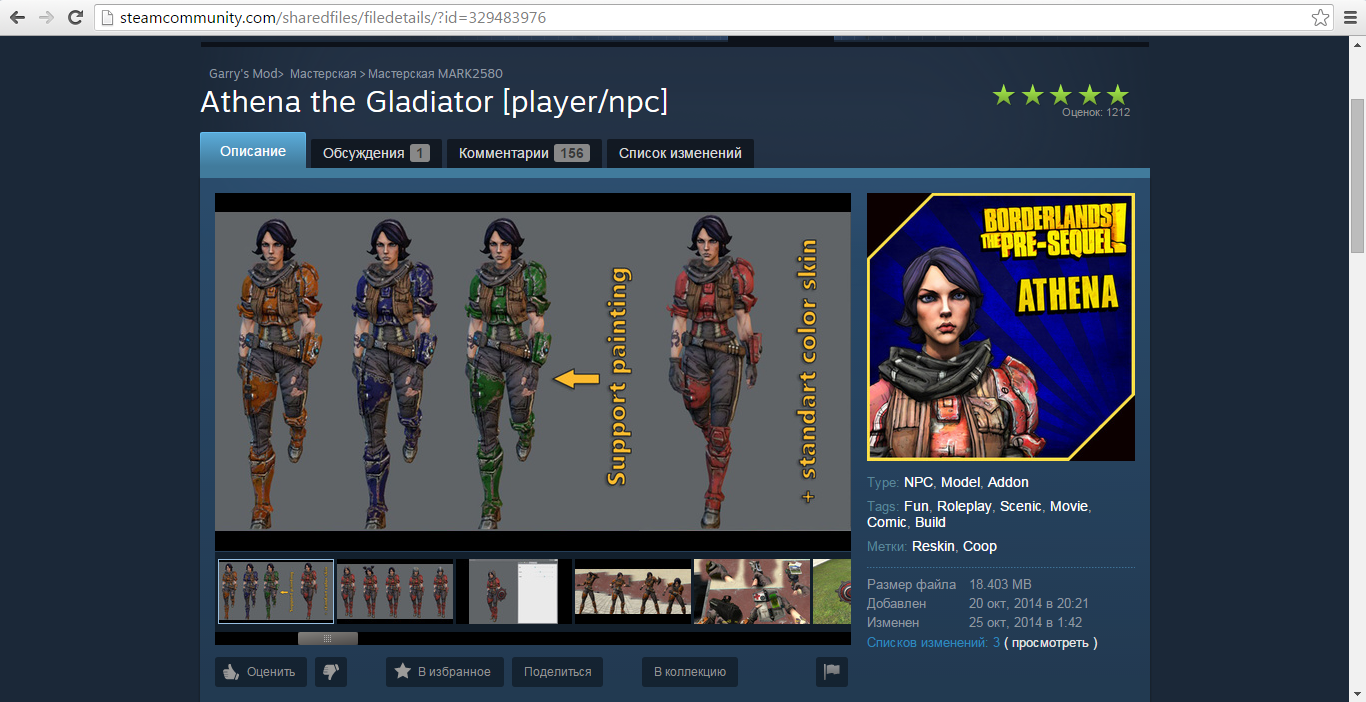

Run the uploader tool again afterwards to continue the upload process. It will then prompt you to edit it, and fill out the needed information.

If the modexport file is not found, the uploader will create a default one. This file is where data associated with the mod publishing is stored. The uploader will look for a file called modexport.cfg in the mod folder.

To start uploading your mod, simply drag in the mod folder into the console window when prompted, or type in the path manually, then press Enter. You can use this to integrate the uploader into an automation job. All output is sent to stdout, and the program will return non zero values if it fails for any reason (it returns zero if it finishes successfully). Uploader.exe -folderPath "path/to/my/mod"ĭoing so will start the uploader in CLI mode, which skips any steps where manual input is required (except in case of a first-time publish, see below). The uploader can also be run by commandline scripts, using the -folderpath argument: When running manually, the program will also pause before it ends, allowing you to read the output directly in the console. In manual mode, the program will ask you to enter the path to your mod’s folder, either by typing it or (much more easily) by dragging in the folder into the window. It can be used manually (by double-clicking the. You will find the uploader tool in the SDK folder, at Balsa.SDK/balsaworks/uploader. This is done using the Balsaworks Uploader. This allows players to upload their craft files and missions directly.Īddon mods, however, need their own tool to be uploaded. Balsa allows you to submit content to the Steam Workshop in various ways.Ĭontent generated in-game is uploaded by the game itself, using its internal steamworks uploading.


 0 kommentar(er)
0 kommentar(er)
